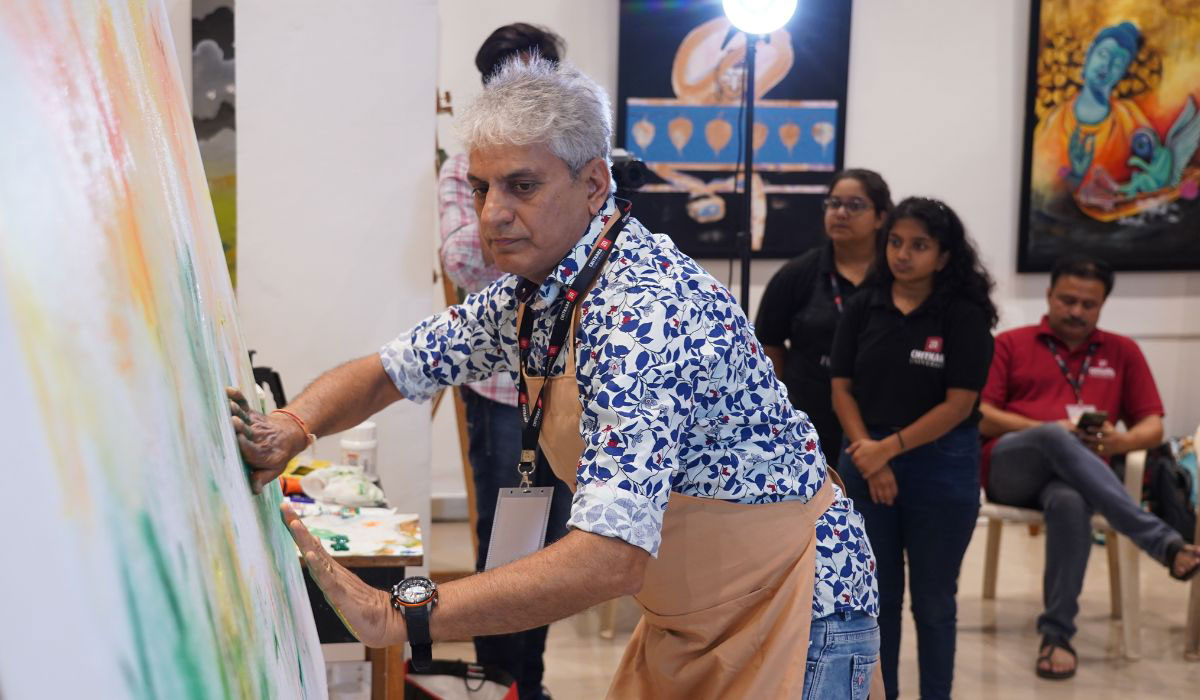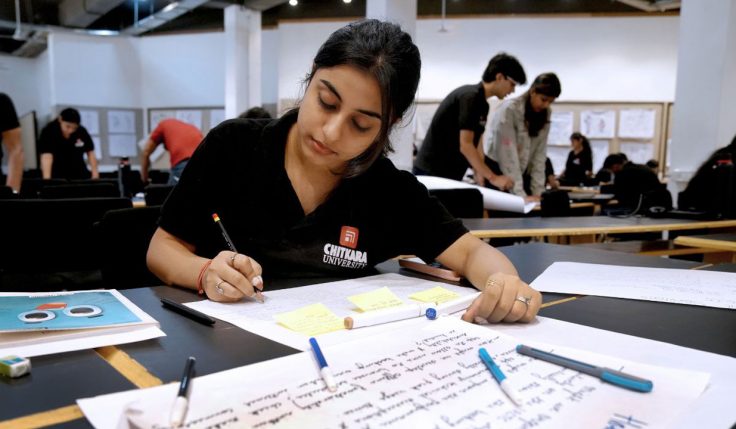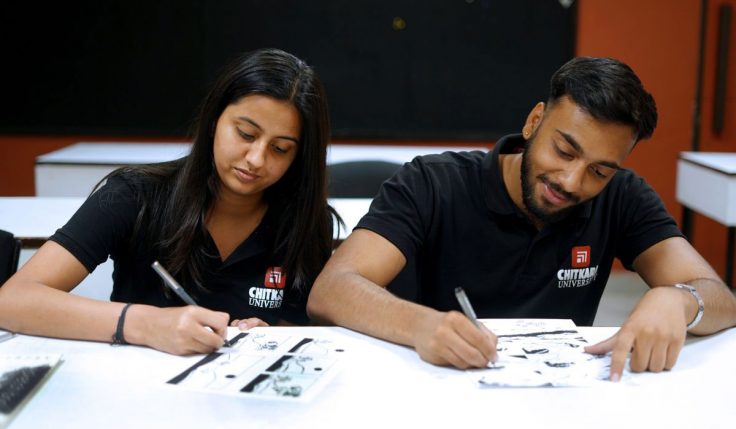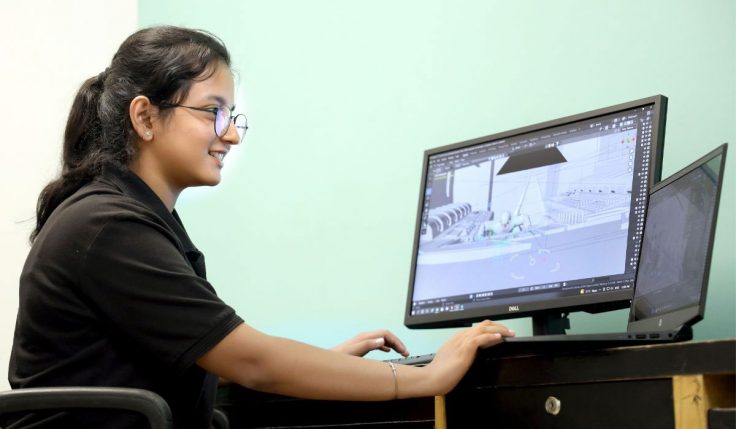Fine art is an enthralling domain of creation that has long been a component of human expression. Understanding the significance and the various types of fine art is critical for aspiring artists and students wishing to pursue a career in the area. We’ll go deep into the realm of great art, its significance, and the diverse types of fine art it encompasses in this thorough guide. This beginner’s handbook is your key to uncovering the intricacies of this magnificent art form, whether you’re pursuing a design school degree in fine arts or simply trying to improve your expertise.
What is Fine Art?
Defining Fine Art: It is a creative expression that emphasizes aesthetics and beauty, showcasing the artist’s imagination, emotions, and ideas. Fine art transcends utility, aiming to evoke intellectual or emotional responses, and reflects the essence of what defines fine art through various mediums.
Fine art is characterized by its subjective nature. What is considered “fine art” can vary greatly from person to person, but certain elements like creativity, originality, and skill are universally appreciated. Common types of fine arts include painting, sculpture, and drawing. Expanding into modern practices, design fine art integrates functionality with artistic expression, broadening the scope of artistic mediums.
The Significance of Fine Art
Fine art holds a significant place in culture and history. It serves as a mirror to society, capturing the essence of a particular era, culture, or individual. Art has the power to provoke thought, inspire change, and provide a channel for the artist’s innermost feelings. Beyond aesthetics, fine art plays a vital role in storytelling and documenting the human experience.
Types of Fine Art
Fine art encompasses a wide array of artistic disciplines, each offering a unique avenue for self-expression. Let’s explore the primary types of fine art:
Visual Arts: Visual arts are perhaps the most commonly associated form of fine art. They include:
- Painting: Utilizing various techniques and mediums like oil, acrylic, or watercolor, painters create two-dimensional works on canvases, paper, or other surfaces.
- Sculpture: Sculptors work with materials like clay, stone, wood, metal, and more to create three-dimensional art forms that can range from abstract to representational.
- Drawing: This form of fine art employs various tools like pencils, charcoal, ink, and pastels to create images on paper or other surfaces.
- Printmaking: Printmakers use techniques like etching, lithography, and screen printing to produce multiple copies of their artwork.
Performing Arts: Performing arts focus on live presentations, encompassing a wide range of disciplines:
- Theatre: Actors, directors, and stage designers come together to produce plays and performances that convey stories and emotions to a live audience.
- Dance: Dancers express themselves through choreography and movement, using their bodies as the primary medium.
- Music: Musicians create melodies, harmonies, and rhythms to evoke emotions and convey stories through instrumental or vocal performances.
- Film and Cinema: Filmmakers use a combination of visual and audio elements to tell stories through motion pictures.
Literary Arts: Though not always associated with fine art, literature is undoubtedly a form of artistic expression. Poets, novelists, and writers use words to craft stories, evoke emotions, and stimulate intellectual thought.
Decorative Arts: Decorative arts combine aesthetics with functionality. This category includes:
- Furniture Design: Designers create functional, aesthetically pleasing furniture pieces.
- Jewelry Design: Jewelers craft unique and beautiful adornments from various materials.
- Ceramics: Artists create functional pottery and decorative ceramics.
Digital Art: In the modern age, digital art has emerged as a prominent category. It involves using digital tools and software to create art, often incorporating elements of graphic design, 3D modeling, and animation.
Fine Art in the Modern World
For students aspiring to pursue a creative career, enrolling in a design fine art program is a pivotal step. But what is fine art, and how does it shape your artistic journey? Fine art refers to creative expressions that are appreciated for their beauty, originality, and emotional resonance. These programs offer a structured curriculum designed to enhance your artistic skills, expose you to various fine arts types, and encourage you to explore your creativity.
Design school programs in fine arts focus on what defines fine art—imaginative and skillful creations in disciplines like painting, sculpture, and digital art. They allow students to choose specific types of fine arts based on their interests and aspirations.
Students in these programs benefit from access to state-of-the-art resources, professional studios, and regular critique sessions. The guidance of experienced instructors helps them refine their craft and develop a unique artistic voice.
Career Prospects in Fine Arts
A career in fine art can take on various forms, depending on your interests and specialization. Potential career paths in fine arts include:
- Gallery Artist: Creating and showcasing your artwork in galleries and exhibitions.
- Art Educator: Teaching art in schools or offering private lessons.
- Art Curator: Managing and organizing art collections for museums and galleries.
- Graphic Designer: Utilizing your artistic skills for advertising, branding, and web design.
- Illustrator: Creating illustrations for books, magazines, and digital media.
- Art Restorer: Preserving and restoring valuable works of art.
- Art Therapist: Using art to help individuals cope with emotional and psychological challenges.
- Freelance Artist: Pursuing freelance opportunities and commissions.
To sum it up, the world of fine art is a captivating and diverse realm of creativity. Understanding its meaning and the various types it encompasses is a foundational step for anyone aiming to embark on a career in the fine arts. Whether you are interested in painting, sculpture, literature, or digital art, there is a place for your creative expression.
Read this blog post: Highest Paying Careers in Fine Arts: The Top 8 Jobs in India
For students looking to delve deeper into fine arts, enrolling in a design school program in fine arts can be a transformative experience. It provides you with the guidance, resources, and knowledge needed to unlock your full artistic potential.
Fine art is a profound means of connecting with the world, and as you navigate this artistic journey, remember that your unique perspective and creativity have the power to shape the future of this timeless art form. Embrace the beauty of fine art and continue to explore the boundless possibilities it offers.
The journey has just begun, and the canvas of your career is waiting to be painted with your dreams and aspirations in the world of fine arts.
At Chitkara University, we offer a seamless and transformative artistic journey through our Bachelor of Fine Arts (BFA) and Master of Fine Arts (MFA) programs. In our BFA program, aspiring artists immerse themselves in a diverse curriculum that covers traditional and modern artistic techniques, guided by experienced faculty. Through hands-on learning experiences and creative exploration, students refine their skills and discover their passion within various types of fine art, including painting, printmaking, and sculpture. Building upon this strong foundation, our MFA program provides an advanced and immersive artistic experience, enabling students to delve deeper into their chosen specialization and evolve their unique artistic style through research-oriented practices. Engaging in industry collaborations, workshops, and real-world applications, students explore diverse career pathways, from professional artists to museum professionals, under the mentorship of our skilled faculty.
Chitkara University programs empower aspiring artists to unleash their creative potential, refine their skills, and shape the future of fine arts. With a holistic approach to education, experienced faculty, and state-of-the-art facilities, we provide the perfect environment for your artistic dreams to thrive across various types of fine art disciplines.






